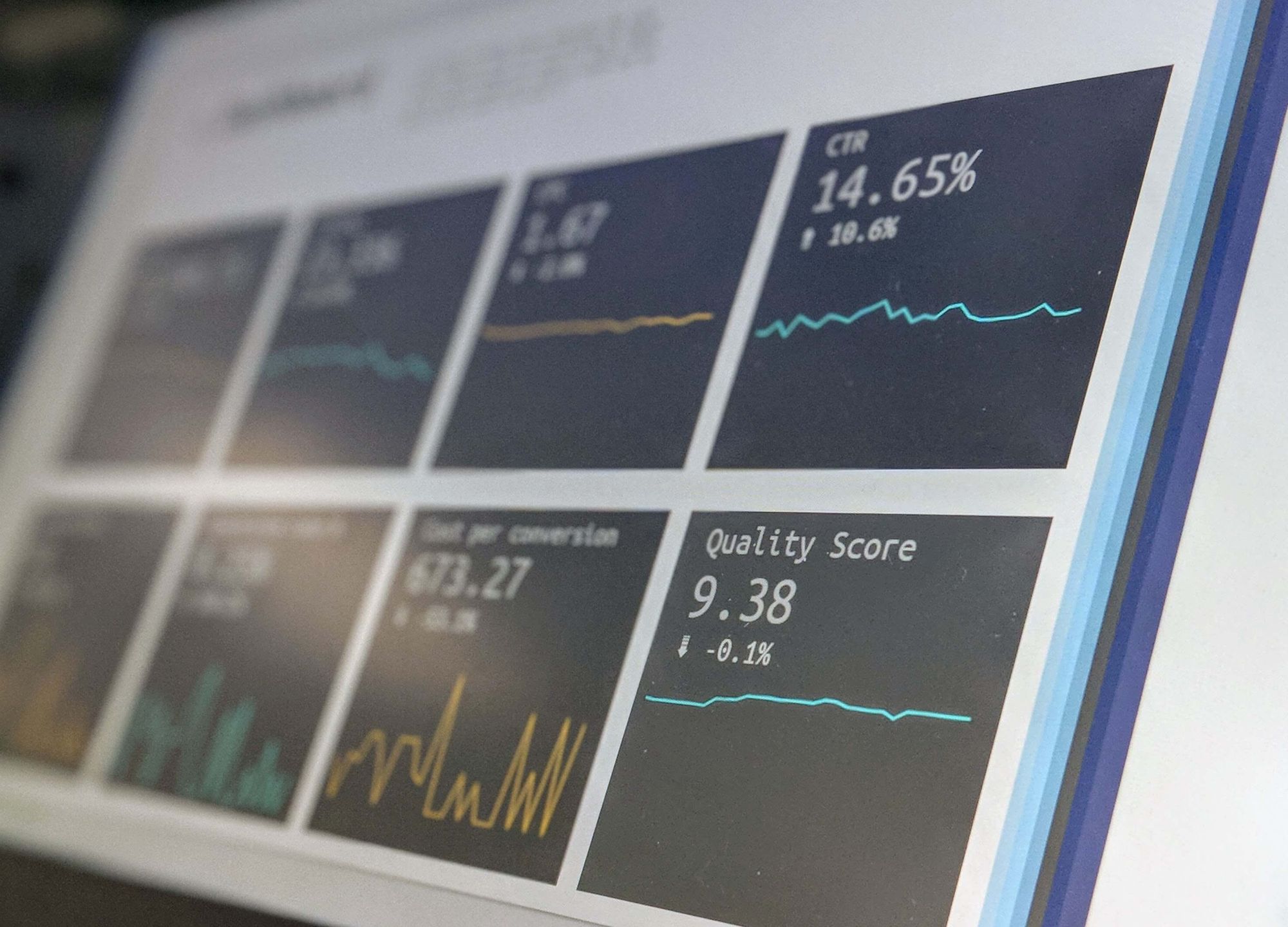You did it.
Your persistent competitive research efforts have yielded a key piece of intel about one of your competitors. Maybe a competitor is quietly discontinuing a product line, or maybe they’re starting to change their pricing model. Either way, you know at least one of your internal teams can use that information to their advantage.
So what’s next?
Research is just one part of the competitive intelligence (CI) process - a part to which many marketers and CI pros dedicate entirely too much of their limited time.
According to Benjamin Gilad and Leonard M. Fuld’s writeup in the Harvard Business Review, 50% of intel collected by CI pros goes unused. The steps you take after uncovering a particularly important piece of competitive intel are just as important as those that came before. After all, research that doesn’t lead to action is just wasted effort.
To ensure the fruits of your research make a substantial impact on your business, make sure you dedicate as much energy to analysis and action as you do research. Most CI pros have a finely-tuned workflow guiding their competitive research. Why not employ a similar process to improve intel distribution? The following workflow for the post-research analysis and distribution of intel should serve as a staple of any mature competitive intelligence process.
There are 5 steps you can implement to effectively leverage competitive intelligence in your organization:
- Analysis,
- Context and corroboration,
- Distribution, and
- Research.
Analysis
Snag, bag, and tag
Before sounding any alarms, there are a few less exciting (but incredibly important) steps any CI pro should take to ensure their findings can help them in future competitive endeavors. The piece of intel you collect may end up being one puzzle piece in a broader, incipient competitive shift.
As you should with every competitive data point you unearth, do your future self a favor and catalog your findings. Whether you’re using a spreadsheet, an internal company wiki or a dedicated CI platform, centralizing and cataloging individual data points is incredibly valuable and can help you identify broader trends.
Tagging data points by competitor, date, “type” of data point (messaging, product, hiring, etc.), and other similar filterable attributes are the first steps. Tagging data with keywords more specific to the data point is even better. The ability to filter data points by these key commonalities will pay huge dividends down the road.
Contextualize & corroborate
Corroborating and contextualizing competitive intel is critical in ensuring your findings are taken seriously and properly understood.
Assuming you’ve been fastidiously cataloging your competitive intel as outlined in the previous step, the corroboration part should be straightforward. Querying whatever CI database you employ to zero in on any data points related to your finding can help strengthen the validity of your takeaway.
If you’re unable to find any additional data there, socializing the finding with certain team members may also help - you never know what tribal knowledge exists in other peoples’ heads. Just be careful not to announce the findings with your broader organization until ready to do so.
Contextualizing your findings is also important. The fact that Competitor X is shifting their product roadmap to appeal to a new market segment is big news, but the implications of that finding are different for different teams.
Providing takeaways that factor in the nuances of your own business and the information requirements of each team is one of the best ways to ensure your findings aren’t just heard, but fully understood. Working with teams like sales enablement, product management, and executive leadership is the best way to tailor your findings accordingly.
Distribution
Identify and alert pertinent parties
We all have that one colleague who rarely checks their email or the one who always takes days to respond to Slack/Microsoft Teams messages. Broad communication of important competitive findings is key. In large organizations, in particular, communication mediums can even differ by team.
Employing a broad range of communication mediums can be key. Email, instant messaging platforms, company wikis/intranets, sales enablement platforms - make sure you understand which are most heavily used, and how high the tolerance for in-depth information is in each.
A five-paragraph explanation of your competitor’s latest move is likely to be ignored in Slack. Using Slack to provide a summary and a link to a more detailed writeup in your CI platform or intranet is a better idea.
Update or create collateral
Competitive assets like battlecards, competitor analysis, and SWOT analyses are all living, breathing documents. Sometimes, a major competitive update may change the broader nature of your positioning against a competitor, which would necessitate a full refresh of many of your assets.
Smaller moves may just require a simple addition or removal of certain points. Either way, every competitive move should, at minimum, prompt a review of any relevant competitive assets to ensure they remain up to date.
Back to research
Earmark for further monitoring
Where there’s smoke, there’s often fire. While some competitive intel you uncover needs no further inquiry, much of it is just the tip of an iceberg. Whether you uncovered your finding on your competitor’s website, online forums, trade websites, or elsewhere, continuing to monitor that source is usually a good idea.
If you found out that a competitor’s product is faltering from a disgruntled employee on a website like Glassdoor, make sure to keep your ear to the ground there, as many others may follow if their exit from the company is part of a broader trend.
Ensuring your work makes a considerable business-level impact is key for any function, and CI is no different. Focusing on the steps that follow research in the CI process will help ensure that the findings you so painstakingly uncovered are fully leveraged by your organization in a way that matters.



 Follow us on LinkedIn
Follow us on LinkedIn





